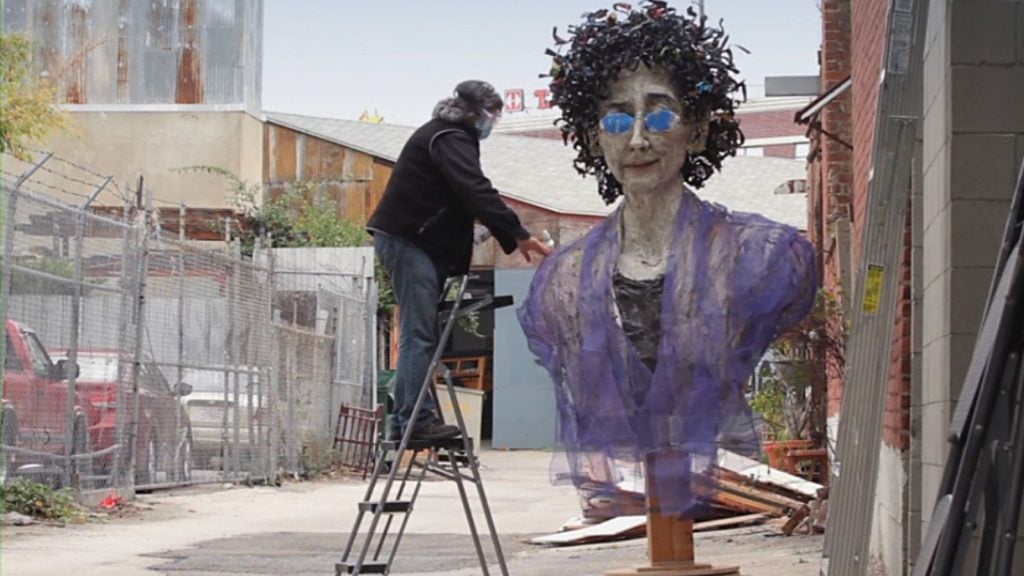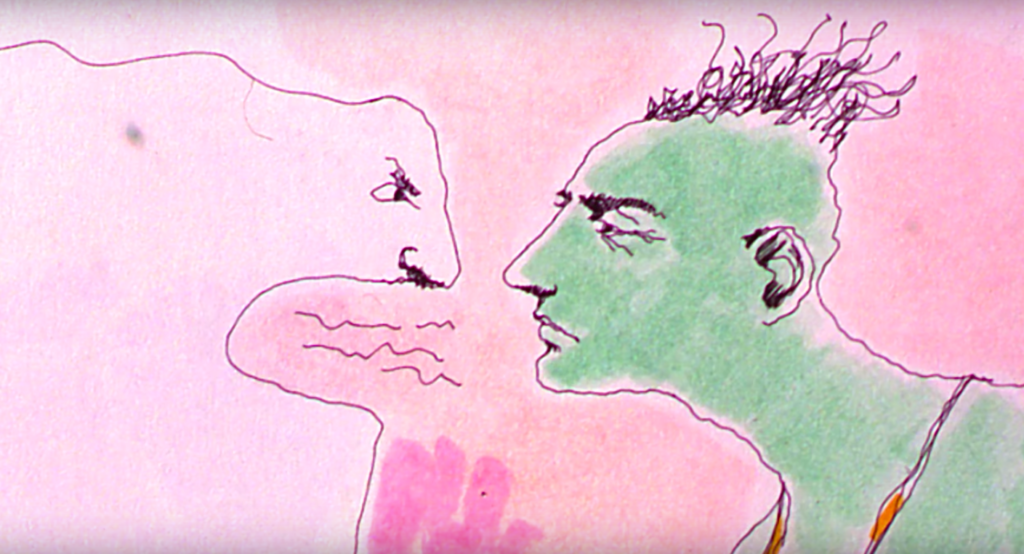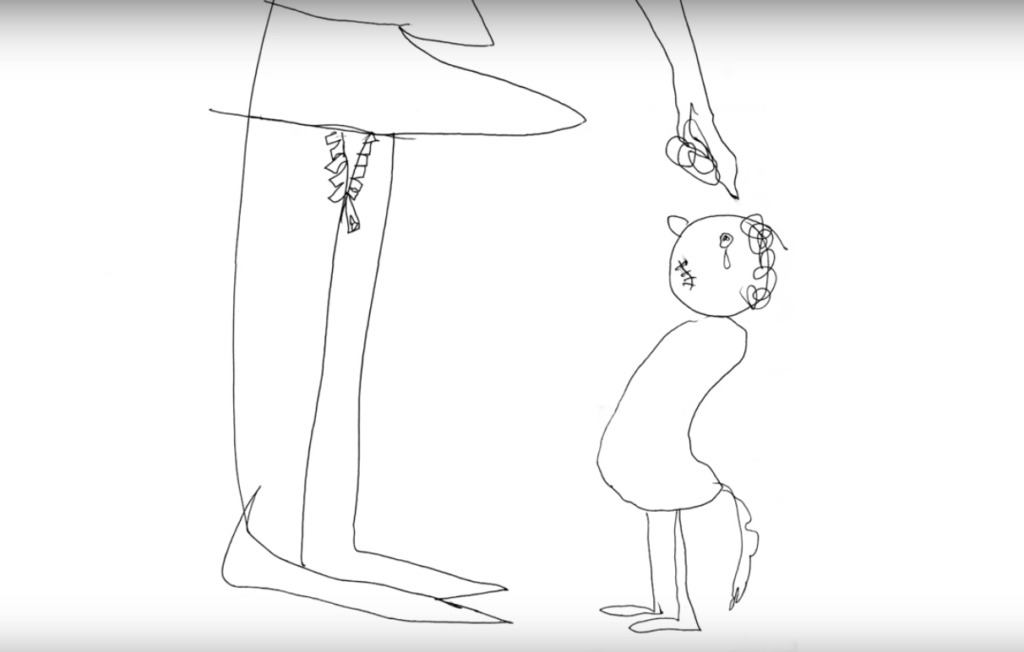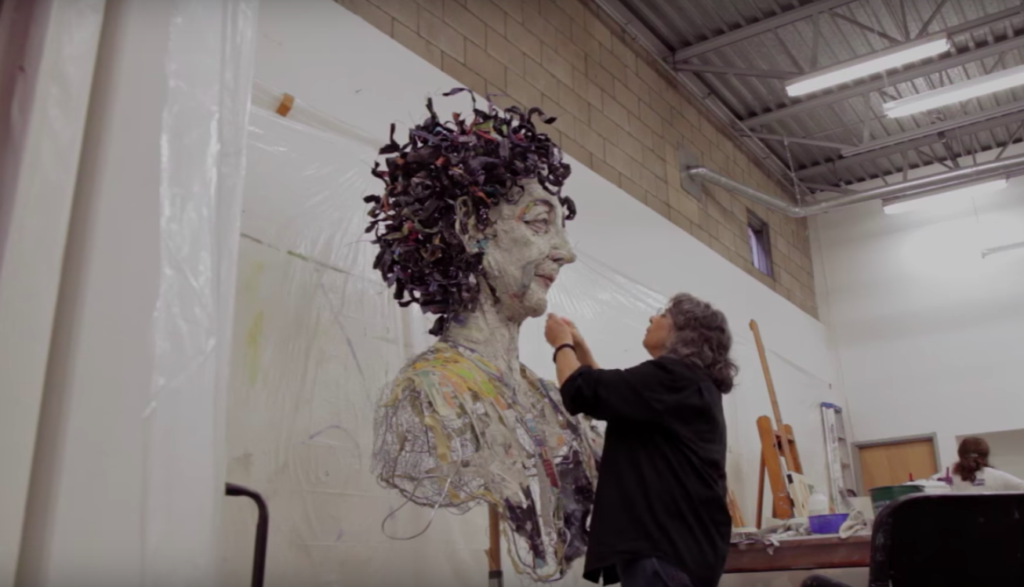Art World
5 Things to Know About the Inspiring Outsider Art Documentary That Just Won an Oscar
“Heaven Is a Traffic Jam on the 405,” about the LA artist Mindy Alper, was honored with the Academy Award for Best Documentary Short Subject.

“Heaven Is a Traffic Jam on the 405,” about the LA artist Mindy Alper, was honored with the Academy Award for Best Documentary Short Subject.

Naomi Rea

Although Loving Vincent, the world’s first fully painted film, suffered the same lack of in-the-moment recognition that its erratic Dutch subject did, art still managed to make a strong showing at the 90th Academy Awards, with Frank Stiefel’s Heaven Is a Traffic Jam on the 405 taking home the Oscar for Best Documentary Short Subject. The 2016 documentary film centers on the Outsider artist Mindy Alper’s lifelong struggle with mental illness, and many of Alper’s visionary works can be seen in the film, with their hallucinatory depictions of her internal life superimposed onto portraits of other people. The film’s intriguing title? Spoiler alert: For the 57-year-old Alper, being stuck in a car on the 405 in Los Angeles is “heaven,” so long as she is not late or “needs a pee.”
Here are five other things you need to know to get up to speed on this award-winning documentary.

B.J. Dockweiler, Frank Stiefel, Mindy Alper and a guest attend the 90th Annual Academy Awards at Hollywood & Highland Center on March 4, 2018, in Hollywood, California. Photo by Frazer Harrison/Getty Images.
Stiefel, who had only directed one film prior to Heaven (about the horrific ordeal his mother suffered at the hands of the Nazis), met Alper when she was studying under the Los Angeles artist Tom Wudl alongside his wife, B.J. Dockweiler, an abstract painter.

Screenshot from Heaven Is a Traffic Jam on the 405.
The fuzzy genre known as Outsider art encompasses art created by visionaries, people with mental illnesses, or self-taught artists who work in isolation, and it is now widely celebrated, from occasioning a popular art fair every year to furnishing the heart of Massimiliano Gioni’s 2013 Venice Biennale. Although Alper’s production could be classified as Outsider art, she only learned of the term when an LA Times journalist raised the topic in an interview.

Screenshot from Heaven Is a Traffic Jam on the 405.
The film digs up unsettling stories from Alper’s childhood, told by the artist and her mother Barbara in separate interviews. Her father was angry at her mental state, and Barbara did not intervene to protect her child from the man of the house, instead suggesting that Alper leave home at 16. “I didn’t understand, why did she ask me to go instead of him?” Alper said. Elsewhere she recalls that an inspirational art teacher, Dorothy Cannon, was the first person who helped her feel any self-worth as a child.

Screenshot from Heaven Is a Traffic Jam on the 405.
Electroshock therapy given to a suicidal Alper in 1994 aggravated her struggles with language, which once led her to endure a 10-year period without being able to speak at all. Her verbal difficulties are now evinced through her particular patterns of highly visual speech, such as referring to the 405 freeway as the “four-circle-five.” The documentary details her difficult work in and out of mental institutions to relearn language.

Screenshot from Heaven Is a Traffic Jam on the 405.
The film culminates in the artist’s solo show at Rosamund Felsen Gallery in Los Angeles in 2013. Felsen, who also works with Joan Jonas and the estate of renowned Outsider artist Morton Bartlett, reveals that Alper is finicky about the newsprint for her papier-mache sculptures. “She does not like the LA Times and prefers the Wall Street Journal and the New York Times,” Felsen explains. The centerpiece of the artist’s solo show is a large-scale sculpture of her doctor, “the one person who was always on my side,” Alper says. The gallery, which has been operating since 1978, closed the doors of its physical space in 2016 and is now only online.